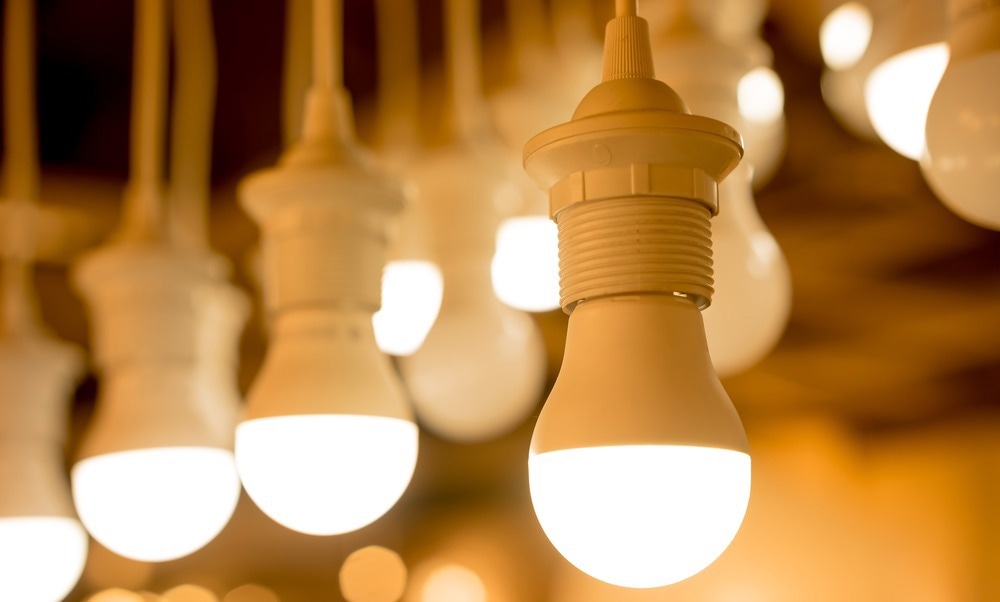LED lighting has revolutionized the way we illuminate our homes, workplaces, and public spaces. Over the past decade, it has rapidly replaced traditional lighting technologies, offering a more sustainable and cost-effective solution. Whether used in residential or commercial settings, LED Lighting provides numerous benefits that cater to the modern world’s demand for efficiency, durability, and style.

One of the most compelling advantages of LED lighting is its superior energy efficiency. Compared to incandescent and fluorescent bulbs, LED lighting consumes significantly less power while providing equal or greater brightness. This not only reduces electricity bills for consumers but also helps lower overall energy consumption, which is a crucial step in combating climate change. As energy-saving regulations become stricter worldwide, the demand for LED lighting continues to grow, reinforcing its role as a green technology.
LED lighting is also known for its remarkable longevity. While traditional incandescent bulbs may last around 1,000 hours, and compact fluorescents up to 10,000 hours, high-quality LED lighting can last over 25,000 hours or more. This extended lifespan means fewer replacements and less maintenance, which is especially beneficial in commercial and industrial applications where lighting fixtures are difficult or costly to access. As a result, LED lighting not only reduces environmental waste but also minimizes operational disruptions.
In addition to performance, LED lighting offers exceptional versatility in design and function. Available in a wide range of shapes, sizes, and color temperatures, LED lighting can be tailored to suit any space or aesthetic. Whether creating a cozy ambiance in a living room, highlighting artwork in a gallery, or providing bright task lighting in a warehouse, LED lighting can be adapted to meet specific needs. It is this adaptability that has made it the go-to choice for interior designers and architects alike.
Safety is another important benefit of LED lighting. Unlike traditional bulbs, LED lighting emits very little heat, significantly reducing the risk of burns or fires. This characteristic makes it ideal for use in environments with strict safety requirements, such as hospitals, schools, and factories. Moreover, LED lighting does not contain hazardous substances like mercury, which is commonly found in fluorescent lights. This makes disposal safer and less harmful to the environment, further solidifying LED lighting’s reputation as an eco-friendly choice.
Technological advancements have further enhanced the appeal of LED lighting. Smart LED systems, for instance, can be integrated with home automation networks, allowing users to control lighting remotely via smartphone apps or voice assistants. These systems enable scheduling, dimming, color changing, and energy monitoring features that provide users with greater control and convenience. As smart homes and cities become more prevalent, LED lighting is expected to play an integral role in connected living environments.
LED lighting also contributes significantly to improved visual comfort and productivity. Flicker-free illumination and high color rendering indices make LED lighting easier on the eyes, reducing strain and fatigue in both work and leisure settings. In offices, classrooms, and healthcare facilities, studies have shown that quality LED lighting can enhance concentration, reduce errors, and promote overall well-being. This connection between lighting quality and human performance has made LED lighting a valuable investment for employers and institutions alike.
In the outdoor environment, LED lighting has brought major improvements in safety and visibility. Cities around the world are replacing outdated streetlights with LED lighting due to its superior brightness, lower energy use, and extended life. Parking lots, highways, and public parks benefit from clearer illumination that enhances both security and aesthetics. Additionally, LED lighting can be precisely directed, reducing light pollution and ensuring that light reaches only where it’s needed.
From a financial perspective, the long-term savings associated with LED lighting are undeniable. While the initial cost of LED lighting may be higher than that of conventional bulbs, the reduced energy consumption and maintenance costs make it a cost-effective choice in the long run. Governments and utility companies often offer rebates and incentives for switching to LED lighting, making it even more accessible to homeowners and businesses. This financial support underscores the broader push towards sustainable lighting solutions.
As environmental concerns and energy challenges continue to rise, LED lighting stands out as a practical and impactful solution. Its combination of efficiency, longevity, design flexibility, and smart capabilities makes LED lighting not just a replacement for older technologies, but a cornerstone of future-forward lighting strategies. Whether for personal use or large-scale infrastructure projects, the continued adoption of LED lighting promises brighter, cleaner, and smarter illumination for generations to come.

